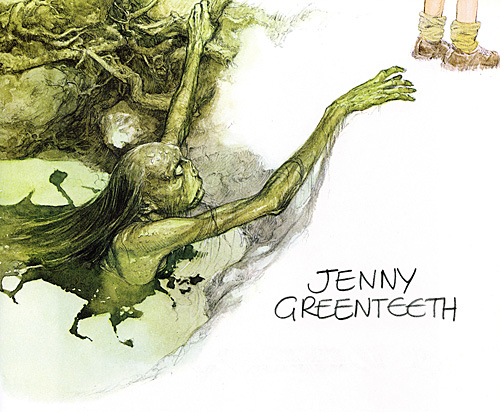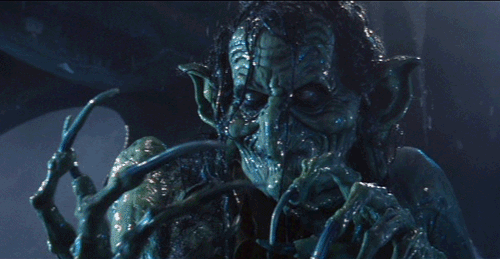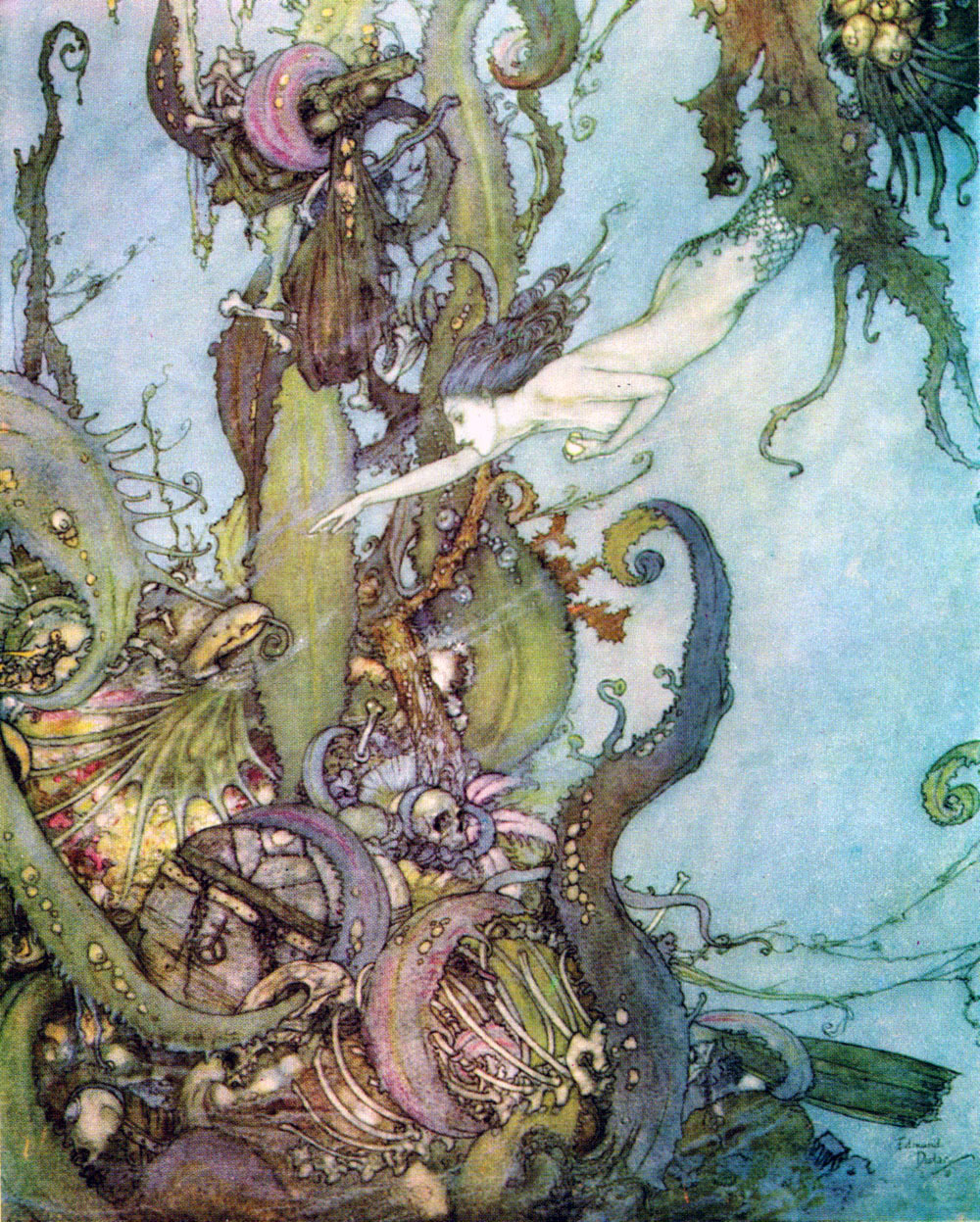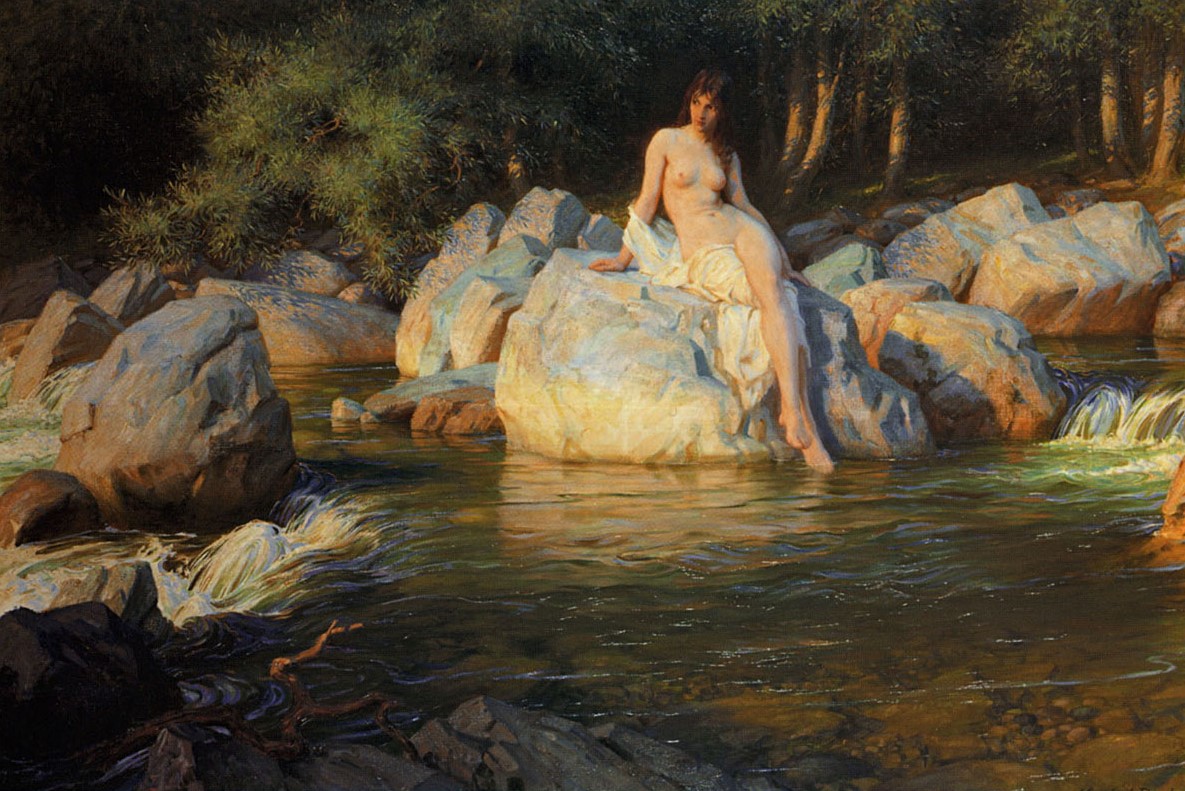The element of water has many temperaments, rage through heavy tides and weeping through storms. It has the power to mold the earth, carving through rock. It has a bold temperament that can support or take life away. This element runs through our bodies and gives us life. It weaves around us and our many experiences as the ocean, streams, rivers, lakes, pools, rain drops, they are the ribbons that thread us to earth. Without the power of this element, we could not exist. '
Water could bring death as well as life, as mortals knew too well. In a time before history, divine wrath unleashed a raging flood that drowned the entire world.' (The Enchanted World Series: Water Spirits, Time-Life)
When we look at the ocean anthropologically we see a history rich with the culture of myth. Gazing upon the largest body of water, we are left to our own curiosity. What lies deep below in uncharted waters? There are worlds we cannot see, worlds that stretch deeper and further than our limited plots of land. There are even plots of earth where the water flows beneath rocks.
In Ancient Greece the 'God of the Sea' was called Poseidon, traditionally depicted as an older man with curly hair and a beard, carrying with him a Trident. (A three-pronged spear traditionally used for fishing, but representing an extremely powerful tool when carried by a god.) Poseidon's Trident was associated to the creation of all water sources. This tool had the power to stir up storms and tidal waves. Poseidon is also known as the 'Earth Shaker', because when he was angry and struck his spear it had the power to rattle the earth. This weapon is also carried by the Hindu god Shiva. In Taoism the Trident is used as a symbol in direct relation to a Taoist Trinity called the 'Three Pure Ones', it is a tool that represents the highest authority of Heaven. Poseidon is credited for the creation of mares and stallions. He is referred to as the 'Tamer of Horses'.
 |
| Kelpie on Pintrest |
Horses are not unusual to discover in mythologies that dance around water. In Welsh and Scottish countries there is a legend surrounding a beast called the Kelpie.
'Although sometimes appearing in the guise of a hairy man, this is more often seen in the form of a young horse. The Kelpie haunts rivers and streams and, after letting unsuspecting humans mount him, will dash into the water and give them a ducking.' (Faeries: Brian Froud and Alan Lee)
The Kelpie is known for haunting smaller bodies of water such as rivers, as opposed to lochs or the sea. When the Kelpie takes the shape of a human he appears rough and shaggy, most known to haunt solitary riders by leaping up out of the depths and grasping and clawing at them. His surprise stunt could be enough to frighten someone to death. Before storms, the Kelpie in his human form, could be heard howling and wailing into the wind, not unlike another certain female creature called the Banshee. In Scottish legend if the beast is properly bridled he could aid in many magical feats, such as pulling heavy objects, performing duties that a simple man could not.
 |
| http://lack-lustin.tumblr.com |
While the Kelpie resides in rivers and streams, the Irish Aughisky (Agh-iski) resides in lochs and seas. He is much more dangerous than the other, for when caught, unsuspecting victims will be carried into the water then torn apart. The Aughisky will then consume the human leaving nothing behind but the liver. Because of his immense power and carnal history, people in the Highlands were extremely cautious of strangers and lone animals by the waters edge.
 |
| Faeries, Brian Froud & Alan Lee 1978 |
Next to gods and beasts there are tales about hags, water and swamp witches. The English Peg Prowler and Jenny Greenteeth are two nursery tale bogies who reside in pools and river banks. Most likely the invention of over cautious mothers, to keep their children out of rivers and pools, these creatures are known to drown and devour children.
'The Lanncanshire version...Jenny Greenteeth, who is suppose to seize children in her long, green fangs and drag them down into stagnant pools at the rivers edge. Her counterpart in the river Tees is Peg Powler.' (An Encyclopedia of Fairies: Katharine Briggs) Like Jenny Greenteeth, Peg Powler is green of skin but she attacks naughty children, her primary mythical location is out of the River Tees in Northern England.
 |
| Meg Mucklebones, Inspired by Jenny Greenteeth & Peg Powler, in Ridley Scott's 1985 fantasy epic Legend. |
The most elegant of sea faeries, Mermaids, are found throughout English, Scottish, and Celtic lore. Traditionally depicted as beautiful maidens like the sirens, with upper torsos like women, and lower tails like a fish. Many myths explore the allure of these maidens singing songs on a bed of rocks beside the sea. Like sirens they are known to allure men to their deaths and are tied to storms and disaster. While the Celts myths explored the dangerous side of these creatures Scandinavian myths explored a much softer side, there they were known to lament human lovers with kindness and sometimes save them from the perils of the sea. Like many other gentle faeries, if caught it was believed they could grant wishes.
 |
| Edmond Dulac, 'The little Mermaid', Hodder & Stoughton 1911. |
The most famous tale of a sea faerie is perhaps Hans Christian Anderson's 'Little Mermaid', in this short tale a mermaid gives up her life as a mer-creature to gain a soul and the love of a mortal prince. Although it ends on a tragic note, this tale written in 1836 has been paired and compared to the likes Jacob & Wilhelm Grimm. It has been shelved next to Snow White, Cinderella and Alice, but perhaps it rises above all of them because it is the first time that a folk tale explores the mystery of being human, the wonder of looking at humanity through a faeries eyes. The mermaid longs for a human life and trades the procession of her ocean life to a sea witch. After various trials and mortal pain the maiden learns that in order to to go back to her ocean life she must kill the only one she loves. Unable to complete the task the girl throws herself back to the sea dissolving into foam, but without complete departure she feels the sun and transforms into a spirit of the air, learning that by doing good deeds she can rise into the kingdom of heaven.
 |
| Edmond Dulac, 'The little Mermaid', Hodder & Stoughton 1911. |
Source Material:
- Wikipedia.org
- Pintrest.com
- Merriam-webster.com
- abuddhistlibrary.com---Search: Elementals
- Faeries, Brian Froud & Alan Lee, Abrams Inc. 1978
- norse-mythology.org
- oceanservice.noaa.gov/facts/exploration.html (National Ocean Service)
- The Enchanted World Series, Water Spirits, Time-Life Books 1984
- An Encyclopedia of Fairies, Katherine Briggs, Pantheon Books 1976
- Faeries and Demons and other Magical Creatures, Edouard Brasey, Barnes and Noble Books 2003








